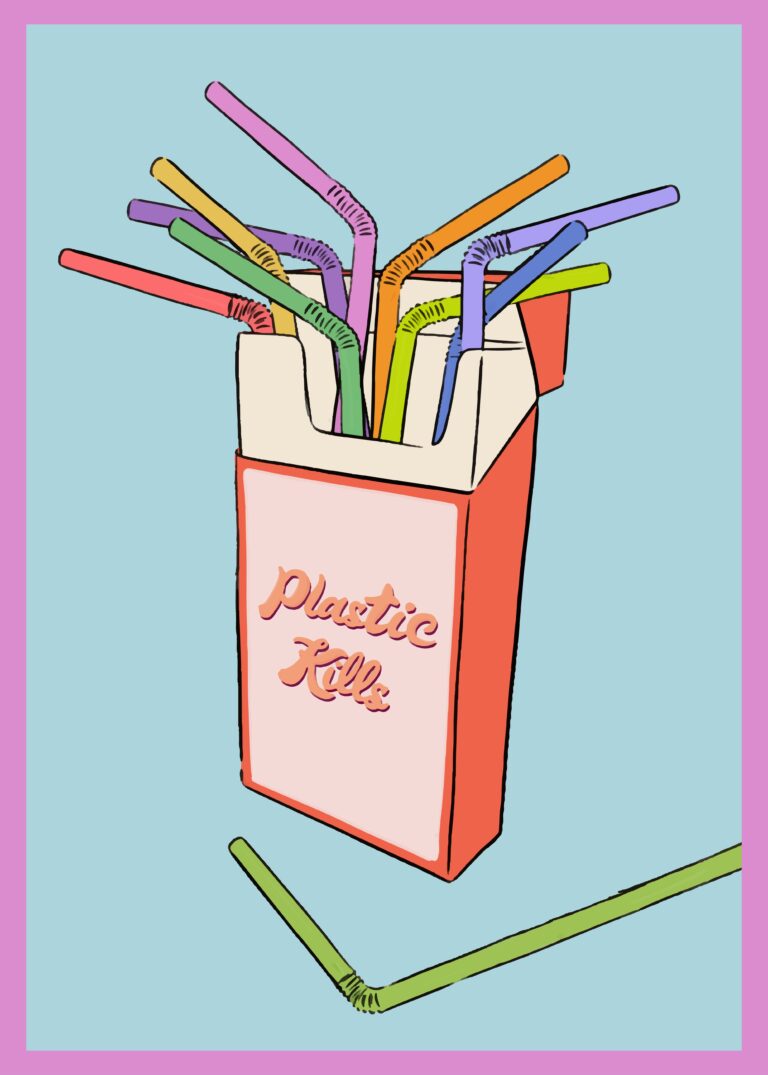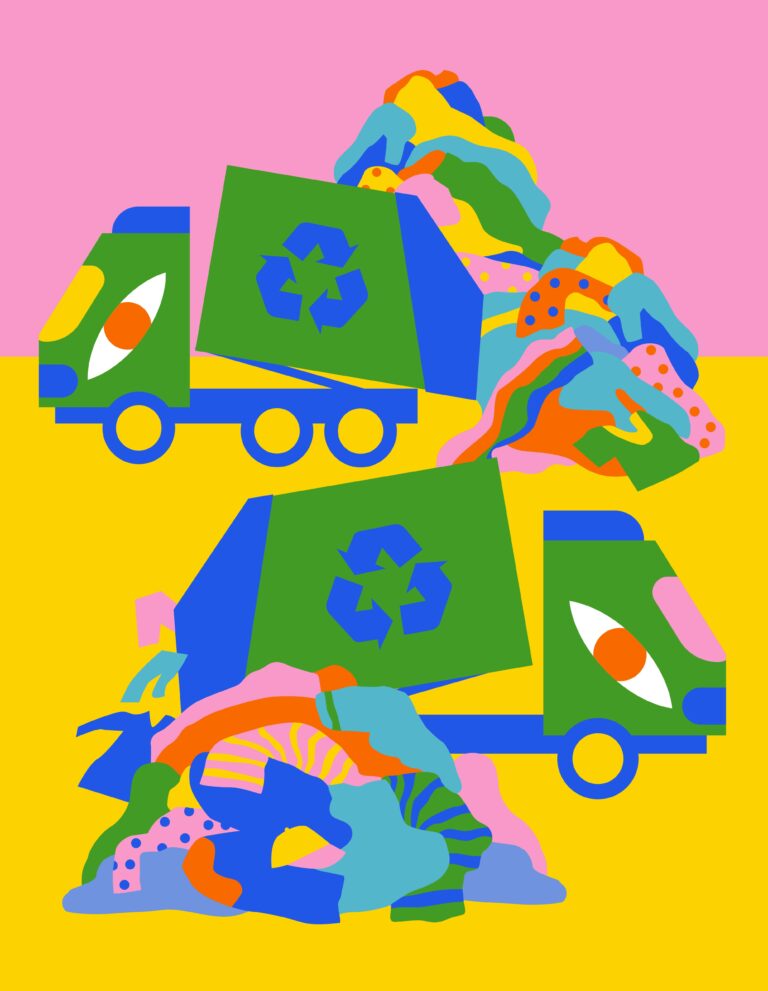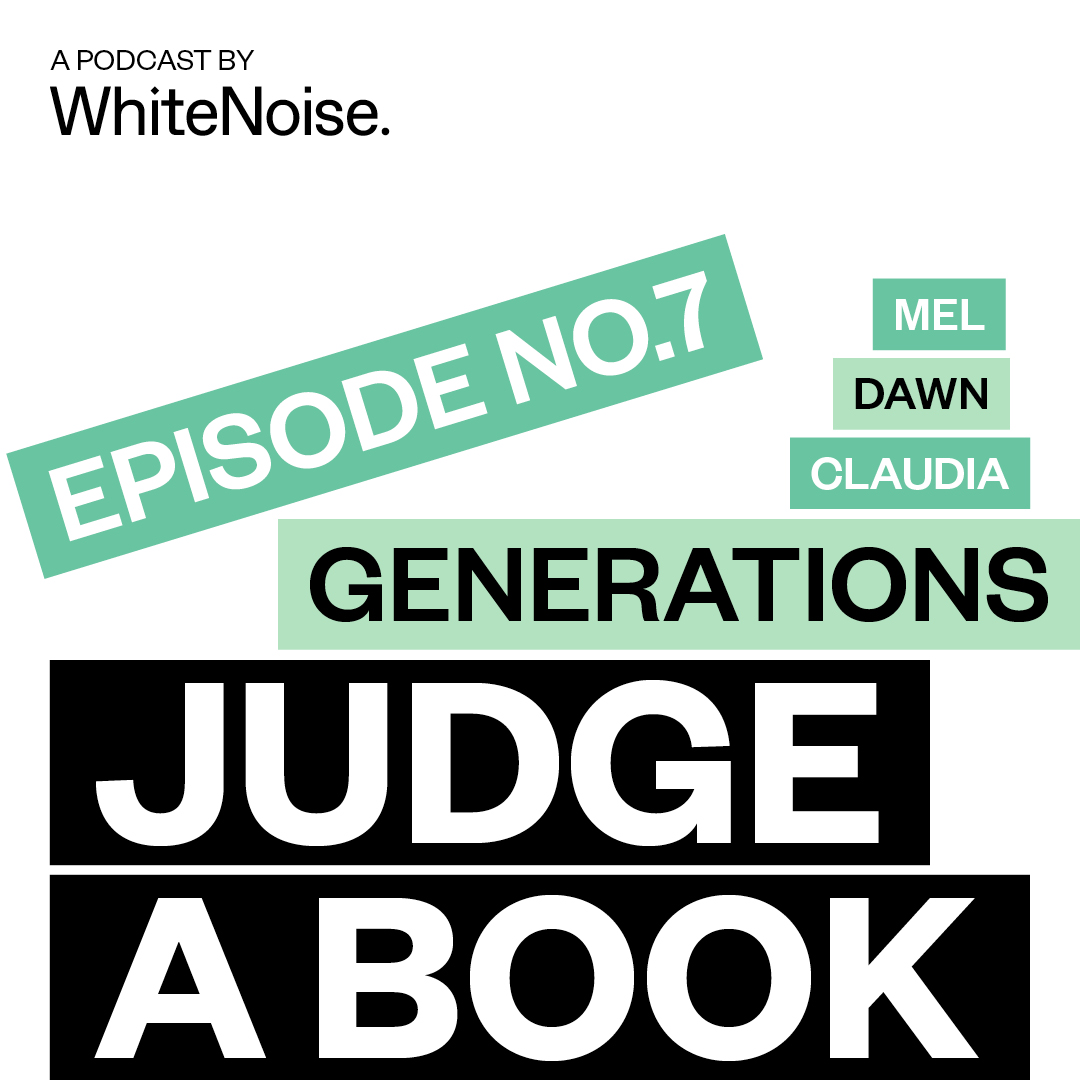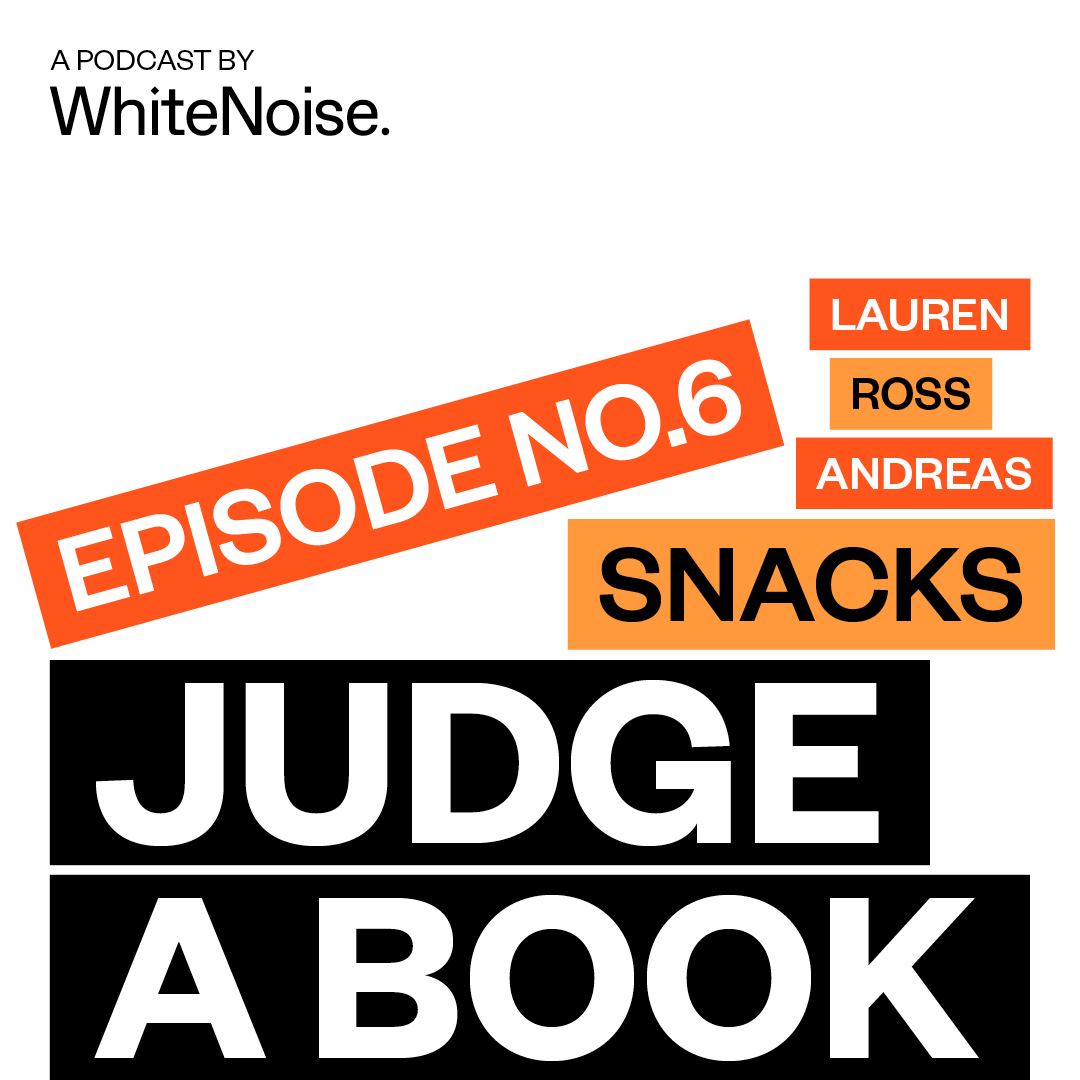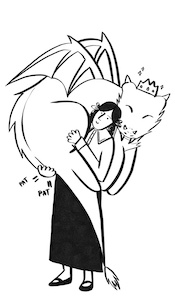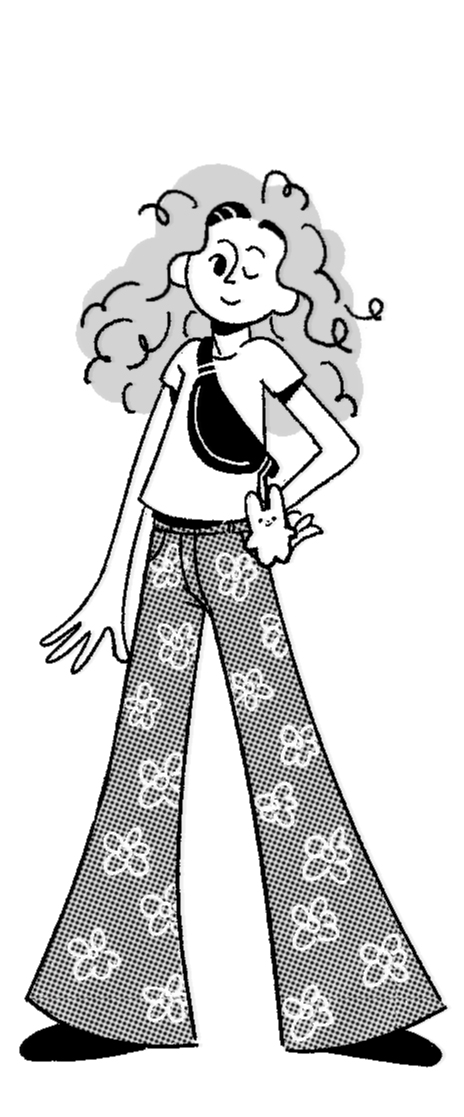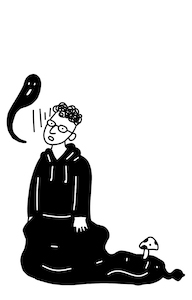1. Sustainable and Eco-Friendly Materials
Including and offering an option for eco-friendly materials is something we (as a design studio) have influence over. This could include but not limited to introducing options for recycled paper, exploring alternatives to toxic inks (perhaps biodegradable inks for print projects) or long-life products such as keep cups to replace single-use takeaway cups. This is only part of the process, as we would need to be partnering with our suppliers we could look to establish printing techniques which can use less energy and produce less waste or work with partners who are focused on using renewable energy.
Case Study: Patagonia
Patagonia uses recycled materials in their products and packaging. Their commitment to sustainability extends to their marketing materials, which are designed with eco-friendly practices in mind. For example, Patagonia’s catalogues are printed on 100% recycled paper with non-toxic inks, significantly reducing their environmental footprint.
2. Implementing Green Design Principles
Incorporating green design principles at a project’s inception. This could involve our team taking into consideration the full lifecycle of what we are producing / designing, taking into account the end-of-life stage for whatever we produce; where will it end up. We think, where possible, [with clients’ endorsement] we can create a checklist for everything we produce to ensure that [1] it can be recycled, [2] is it biodegradable, and [3] can it be repurposed in the long term is essential.
Case Study: Nike
Nike is striving to use 100% reclaimed plastic waste from the ocean in their running shoes. Initially, Nike faced a drop in share price and sales when they shifted to more sustainable materials, but their perseverance has led to a successful integration of eco-friendly practices in their product lines. The company’s “Move to Zero” initiative is a clear demonstration of their commitment to sustainability.
3. Encouraging Economic Rewards
Millennials seek eco-friendly and tech-savvy features, and they desire a balance between work and leisure spaces. Highlighting sustainability initiatives, smart home technology, and flexible working environments will resonate with this group. Messaging should also include the value of experiences and the integration of wellness features.
Attaching tangible economic rewards to sustainable initiatives can help reinforce good and repeat behaviours. For example, cafes that offer discounted coffee products for customers who bring their own cups encourage sustainable practices.
Case Study: Into Coffee
A large number of cafes offer discounts to customers who bring their own reusable cups. This simple incentive not only promotes eco-friendly behaviour but also helps reduce the number of disposable cups used, thus lessening environmental impact. We were impressed with the initiatives from Into Coffee, [situated in Collingwood] who have established an ethos of Zero Waste. They have considered their impact and go one step further by offering edible takeaway cups for those customers who forget or don’t have a keep cup handy.

